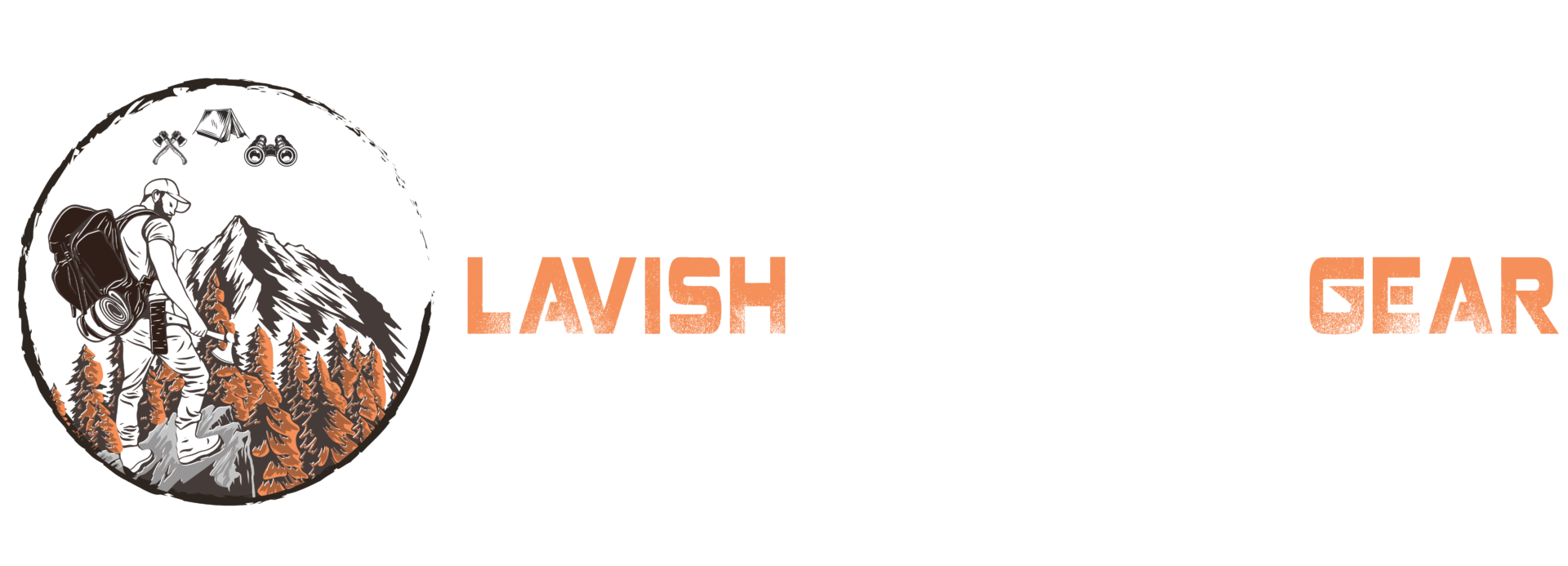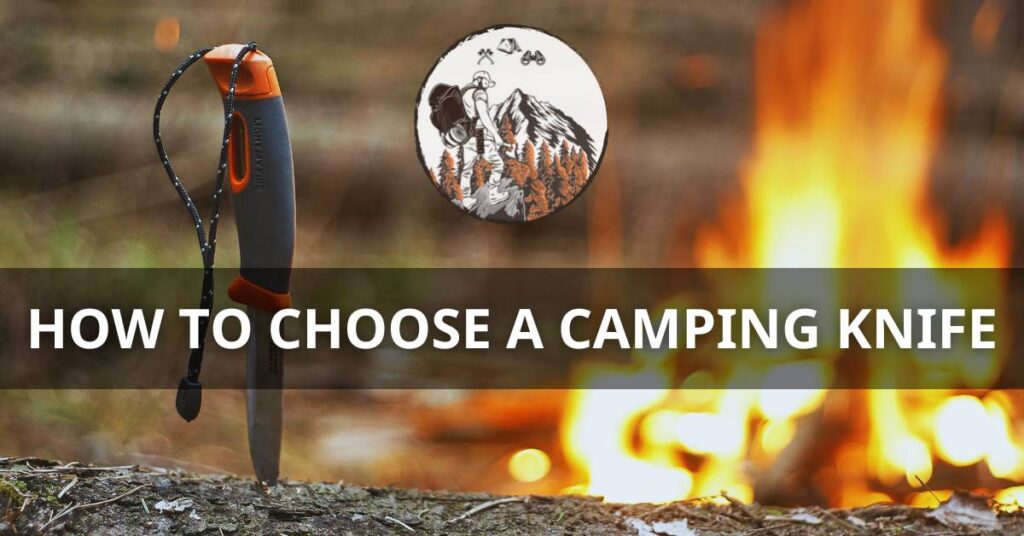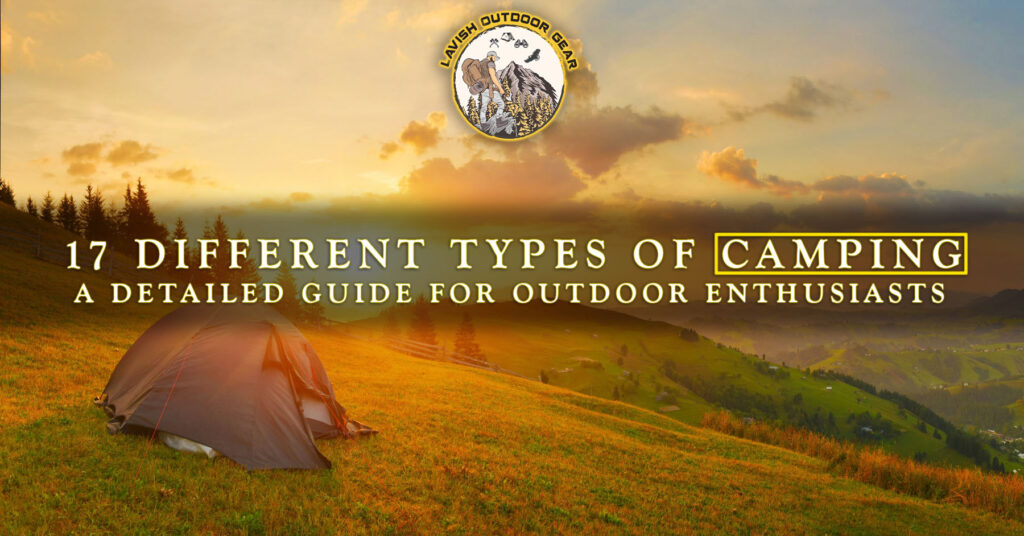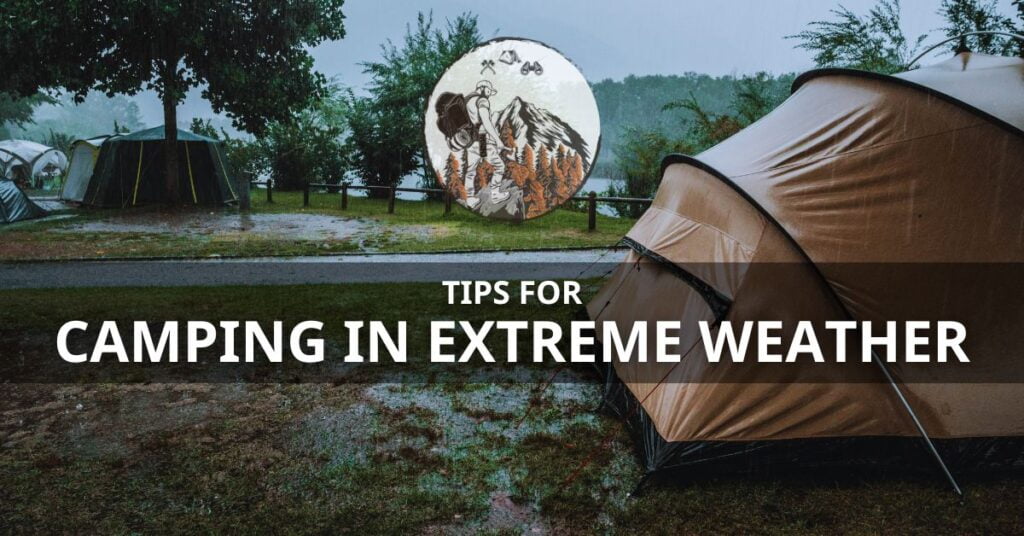When it comes to outdoor adventures, having the right tools at your disposal can mean the difference between a safe trip home and an unexpected struggle. A quality camping knife is the most versatile and indispensable tool you can carry.
Whether you’re setting up camp, preparing a meal, building a shelter, or responding to an emergency, your camping knife should be reliable and suited to the tasks at hand.
This detailed guide will instruct you on how to choose a camping knife. From understanding the distinctions between various knife types and materials to appreciating the nuances of blade designs and safety features, this post will elevate your knowledge and ensure you make an informed purchase.
We’ll cover everything from the fundamental considerations to the nitty-gritty details of selecting a blade that complements your outdoor activities. Let’s dive in!
Table of Contents
Understanding Knife Types
Choosing between a folding and fixed-blade knife is your first major decision when selecting a camping knife. Each type carries its set of advantages that could be beneficial depending on your specific needs.
Folding vs. Fixed Blade Knives

Portability and Convenience: Folding knives are easy to store and carry, typically fitting into a pocket or small sheath. They’re great for everyday carry and tasks that require a quick and accessible blade.

Stability and Durability: Fixed-blade knives are often more robust and are designed for heavier use. They’re the preferred choice for tasks that require significant force and stability, such as chopping wood or butchering game.
Blade Materials and Their Characteristics
The type of material used for the blade affects its durability, sharpness, and maintenance requirements. Understanding these materials will guide your decision-making process.
Stainless Steel
Corrosion Resistance: Stainless steel knives are highly resistant to rust, making them ideal for damp conditions.
Edge Retention: While not as sharp as other materials, stainless steel blades maintain an edge well, reducing the need for frequent sharpening.
Carbon Steel
Sharpness and Ease of Sharpening: Carbon steel blades are often sharper and are easier to sharpen, but they do require more maintenance to prevent corrosion.
Susceptibility to Corrosion: Without proper care, carbon steel knives can rust, so they’re not ideal for extended exposure to moisture.
Blade Designs for Camping
Different blade designs serve various outdoor tasks, and they’re typically optimized for specific uses. Here’s a breakdown of some of the most common designs and their applications.
Drop Point
Versatility in Outdoor Tasks: With a lowered point, drop-point blades provide excellent control and are well-suited for general outdoor use.
Strength and Durability: The larger belly for slicing provides increased versatility while the drop point still maintains a robust tip.
Clip Point
Precision in Cutting: The clipped-off top of the blade allows for finer control, precise cuts, and easier stabbing motions.
Suitable for Detail Work: If your camping tasks often involve detailed work, such as making feather sticks for fire starting, a clip point blade is ideal.
Tanto
Sturdy Tip for Piercing: The thick tanto tip was historically designed for armor-piercing, which translates to exceptional durability in outdoor and survival applications.
Tactical Applications: While not as versatile for general camping tasks, the tanto shape excels in tasks where a piercing or thrusting motion is needed.

Size and Weight Considerations
When it comes to camping, the adage “bigger is not always better” holds. The right size knife for your camping needs should be a balance between portability and utility.
Balancing Portability and Utility
Compact Knives for Light Backpacking: A small to medium-sized knife is usually sufficient for casual campers and hikers and won’t weigh you down.
Larger Knives for Heavy-Duty Tasks: If you’re a backcountry expert, a larger, more substantial knife may be necessary for the demanding tasks you’ll face.

Handle Materials and Ergonomics
The handle of your camping knife is as important as the blade itself. A comfortable and secure grip is critical for safety and efficiency while performing outdoor tasks.
Comfort and Grip
Rubberized Grips for Slip Resistance: Rubberized handles offer excellent traction even when wet, making them a great choice for kayakers or campers in rainy environments.
Importance of a Full Tang Handle: A full tang handle, where the blade’s metal extends into the handle, provides superior strength and stability for heavy-duty use.

Locking Mechanisms for Folding Knives
For safety, especially in high-impact tasks, the locking mechanism on a folding knife is crucial. There are various mechanisms, each with its benefits.
Liner Locks
Ease of Use: Liner locks are simple and quick to operate with one hand, making them convenient for multitasking outdoors.
Security in Various Applications: With a liner lock, the blade is less likely to collapse under strong use, which is essential for demanding tasks like chopping.
Frame Locks
Strength and Stability: Frame locks are similar to liner locks but are generally more robust. They offer increased sturdiness for rugged outdoor activities.
Considerations for Outdoor Use: When choosing a knife with a frame lock, make sure it is of high quality and can withstand prolonged exposure to the elements.
Tang Types for Fixed Blade Knives
The tang, or extension of the blade into the handle, also comes in different styles, each affecting the knife’s weight and balance.
Full Tang
Maximum Strength and Durability: A full tang blade has metal running the entire length and width of the handle, offering unparalleled durability for heavy use.
Applications in Survival Situations: If your camping adventures veer into prepping or survival training, a full-tang knife might just become your best friend.
Rat-Tail Tang
Lighter Weight and Portability: A rat-tail tang, where the handle has a metal “tail” that tapers down from the blade, offers a lighter knife suitable for less demanding tasks.
Suitable for Lighter Tasks: For campers who prioritize weight and space, a knife with a rat-tail tang could be the ideal compromise.
Additional Features and Accessories
Serrations on the blade and the type of sheath can significantly influence the knife’s versatility and ease of use in the great outdoors.
Serrations on the Blade
Cutting through Tough Materials: Serrated edges are excellent for cutting through tough materials like rope and wood, enhancing the knife’s overall utility.
Maintenance Considerations: Serrations can be harder to sharpen and maintain. Consider the trade-off between their usefulness and convenience.
Sheaths and Carry Options
Belt Loops vs. MOLLE Attachments: The sheath is how you’ll carry your fixed-blade knife, so it’s essential to consider how you prefer to have it placed for fast and convenient access.
Accessibility and Security: Whether you opt for classic belt loops or the more modular MOLLE system, ensure that the sheath provides the level of accessibility and security you need.
Budget Considerations
A quality camping knife should be seen as an investment, but you don’t need to break the bank to find a good one. Here are some guidelines for budgeting.
Finding a Quality Knife within Your Budget
Balancing Features and Price: Understand that higher prices often reflect better materials, design, and craftsmanship, but that doesn’t mean there aren’t great options at every price point.
Long-Term Investment vs. Short-Term Use: A more expensive knife may last longer and perform better, ultimately saving you money over time.
Conclusion
Choosing a camping knife is a personal and vital decision for anyone who loves the outdoors. By considering the key attributes discussed in this guide — including blade type, materials, design, size, handle, and additional features — you can find a knife that not only meets your needs but also enhances your outdoor experience.
Remember, a camping knife is not just a tool; it’s an extension of your preparation and a safeguard for the moments when the unexpected arises. Invest the time to choose wisely, and you’ll have a trusty companion for all of your adventures in the wild.
Frequently Asked Questions (FAQs)
What is the difference between a folding and a fixed-blade knife?
A folding knife has a blade that folds into the handle, offering portability and ease of storage. A fixed-blade knife does not fold and, as a result, is usually stronger and more durable.
Which blade material is best for camping knives?
The best material for camping knives depends on your needs and preferences. Stainless steel offers excellent edge retention and resistance to corrosion, while carbon steel is easy to sharpen but prone to rust if not cared for properly.
What is the ideal size for a camping knife?
The ideal size is subjective and depends on the tasks you’ll be undertaking. For general camping and light outdoor use, a blade length of 3 to 5 inches is typical.
How important is the handle material in choosing a knife?
The handle material is crucial for grip, comfort, and durability. Consider materials like G-10 for rugged durability or wood for a classic aesthetic.
Are serrations necessary on a camping knife?
Serrations can be very handy for particular tasks, such as cutting through fibrous materials. However, they are optional and can make the blade harder to maintain.
What is the best locking mechanism for outdoor use?
For the best balance of strength and ease of use, consider a well-designed liner lock. It offers security and convenience for most outdoor applications.
Can I sharpen my camping knife while camping?
Yes, it’s possible to sharpen your camping knife while outdoors. Portable sharpening tools or traditional sharpening stones can be brought along for maintenance.
Are there any legal considerations for carrying camping knives?
Always check local regulations as laws governing the size and type of knife you can carry vary by location.



